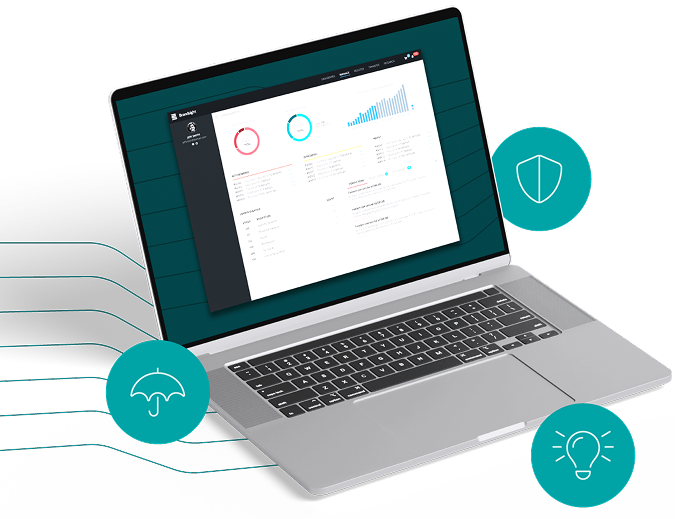
Does this domain name receive much traffic?
We recommend first focusing on expensive and highly-restricted domains, because not only will they provide a greater cost savings, they are less likely to be reregistered by third-parties. When evaluating these domains, the first thing to consider is whether these domains are generating significant traffic. By leveraging traditional web forwarding tools offered by most corporate registrars, you’ll be able to track page views. This shouldn’t be the only metric you look at, because page views may be inflated as a result of bot traffic. But the information provided is still useful as a relative measure. If you want to truly evaluate the value of defensive registrations, you can leverage UTM codes which can provide detailed web analytics.
However, just because domains are not generating much traffic does not mean they are disposable or useless. Remember that domains may be used for email with an MX record or other internal purposes. Therefore, be sure to look at DNS record data as well as web traffic to make sure that there is full visibility as to whether domains are worth keeping.
Was this domain name expensive to acquire?
Beyond web traffic and DNS, next-level vetting of domains brings forth several evaluative factors which can be tracked through data. Which domains did the company reclaim through enforcement mechanisms like court orders or UDRPs? If the company spent several thousands of dollars to reclaim a name, it’s probably valuable enough to keep in the portfolio.
Are we still using the brand associated with this domain name?
Another consideration is whether the domain name is still associated with a brand. If the domain supported a brand that was temporary and has since been discontinued, there may be no further reason to pay for its maintenance.
Can we sell this domain name to someone else?
If there is no company value to a domain, or perhaps it’s more of a generic name that doesn’t have value to the company, it might have value to sell to someone else. The company can perhaps sell the domain, recouping some of the portfolio’s costs. To get a sense of what a domain name might be able to sell for you, you can use tools like estibot.com or godaddy.com. Keep in mind, these are directional estimates, not a guarantee of what the domain is worth.
Are we increasing risk by allowing this domain name to expire?
If a squatter re-registers the domain and does something nefarious with it, will that harm the company? If the decision is to sell a domain, make sure that all internal partners (legal, marketing, IT, etc.) have signed-off and agreed that the name is no longer needed. Many companies maintain defensive registrations of domains, not because they need them to generate traffic, but because they don’t want them falling into the wrong hands.
By answering these questions, you’ve given yourself a pretty good roadmap on whether to keep, sell or let a domain name expire.
